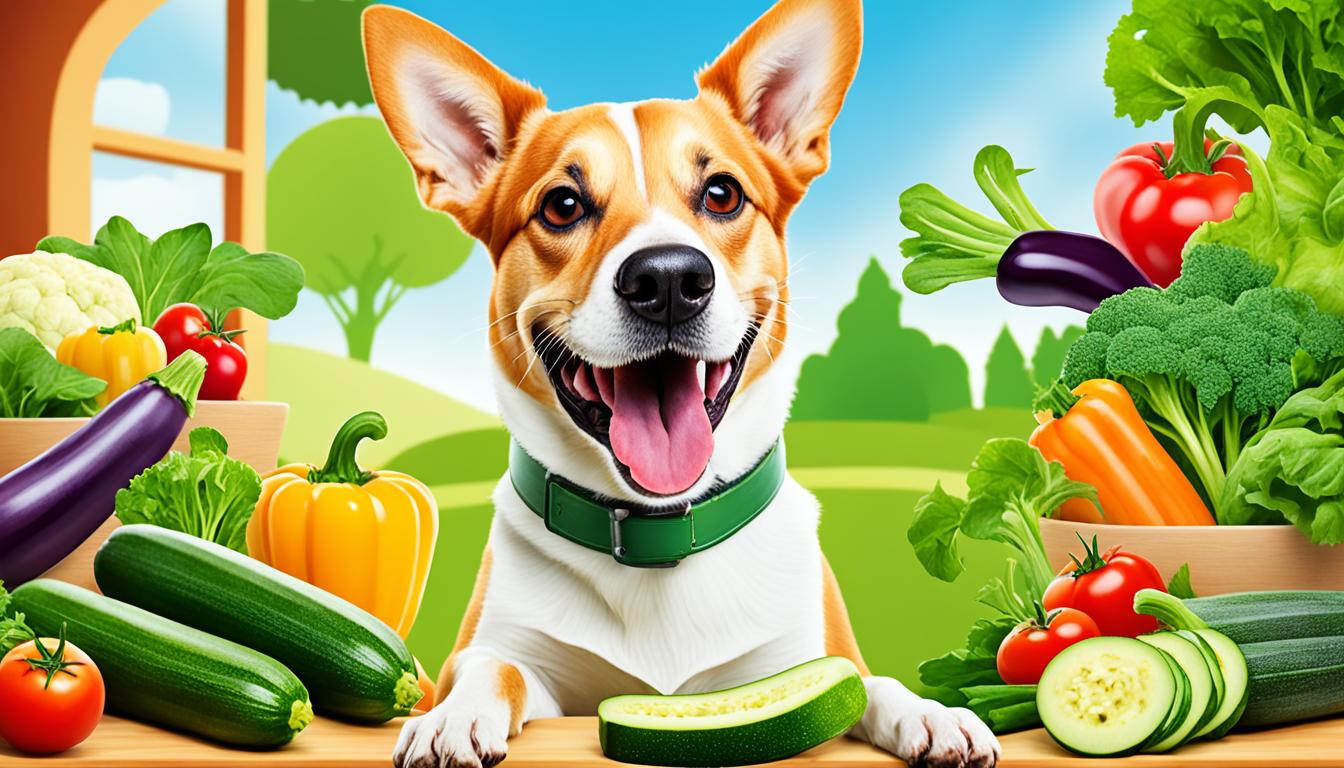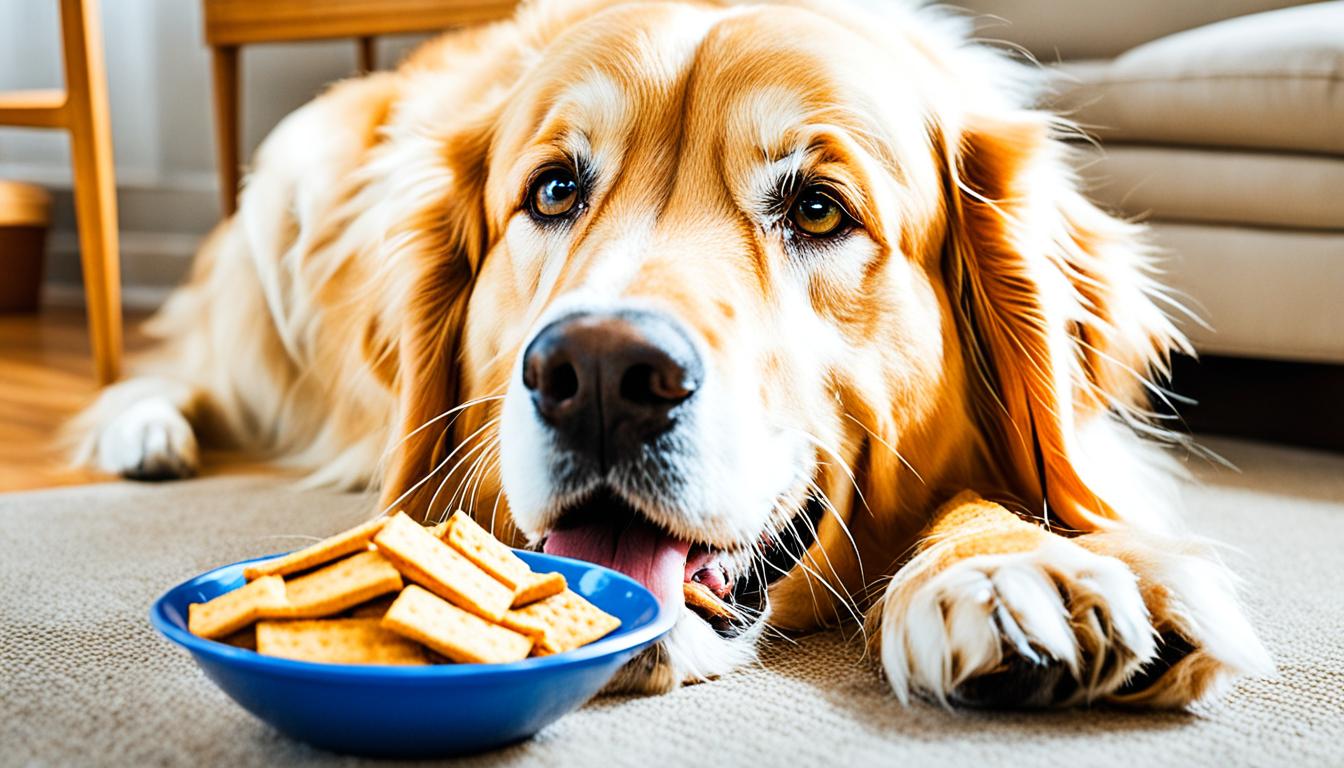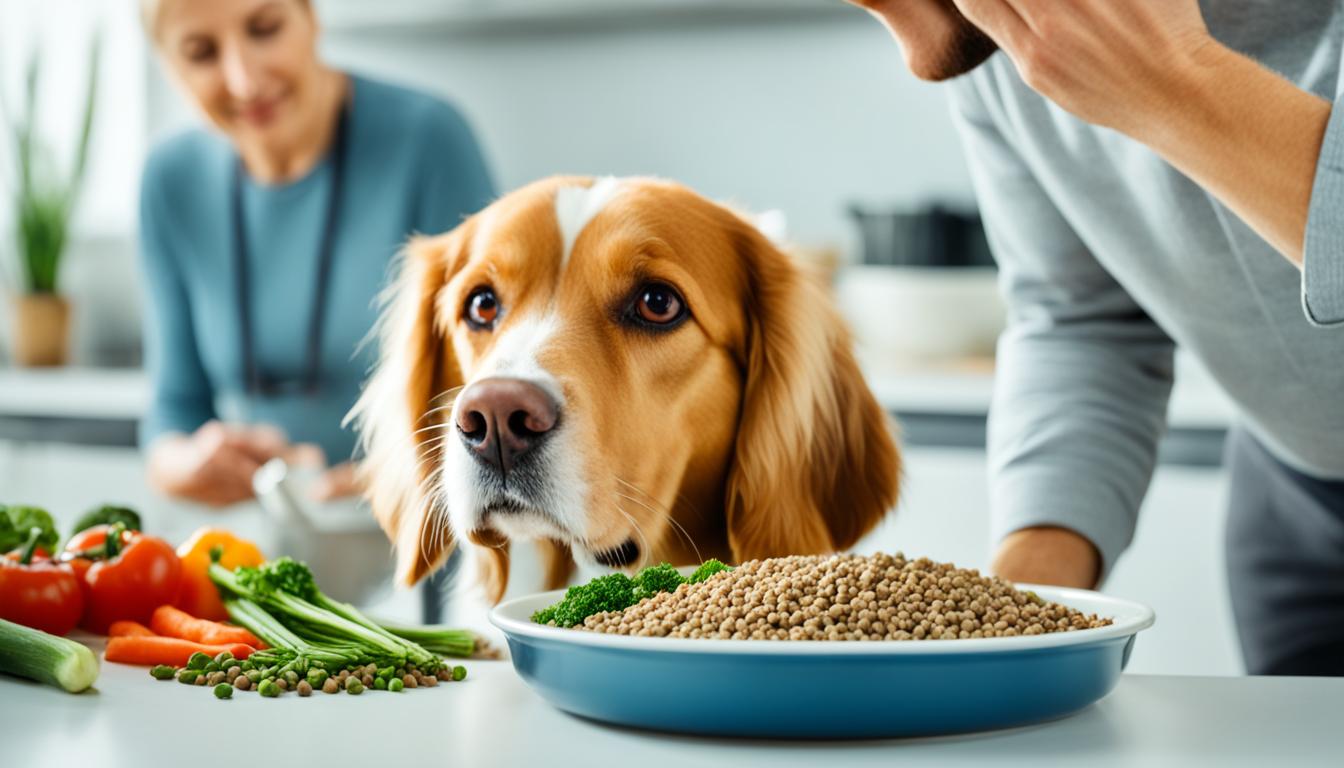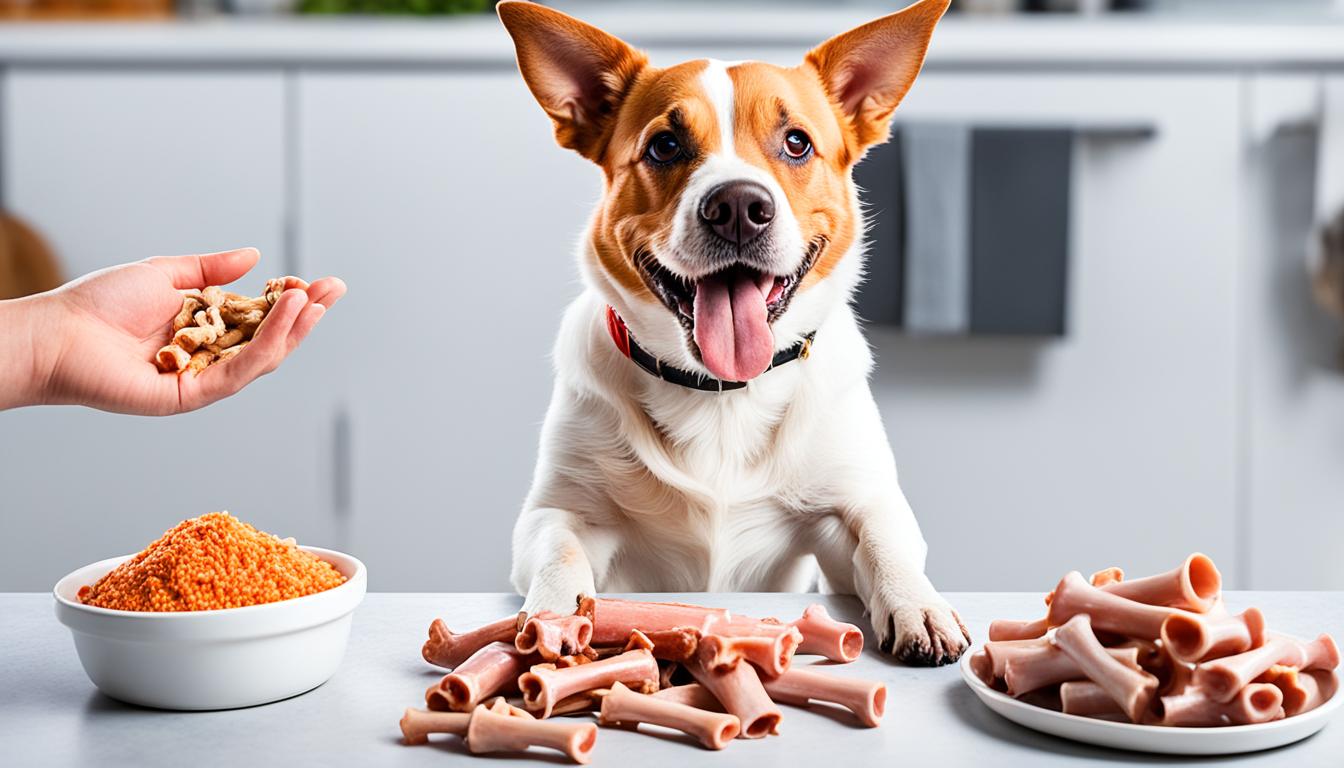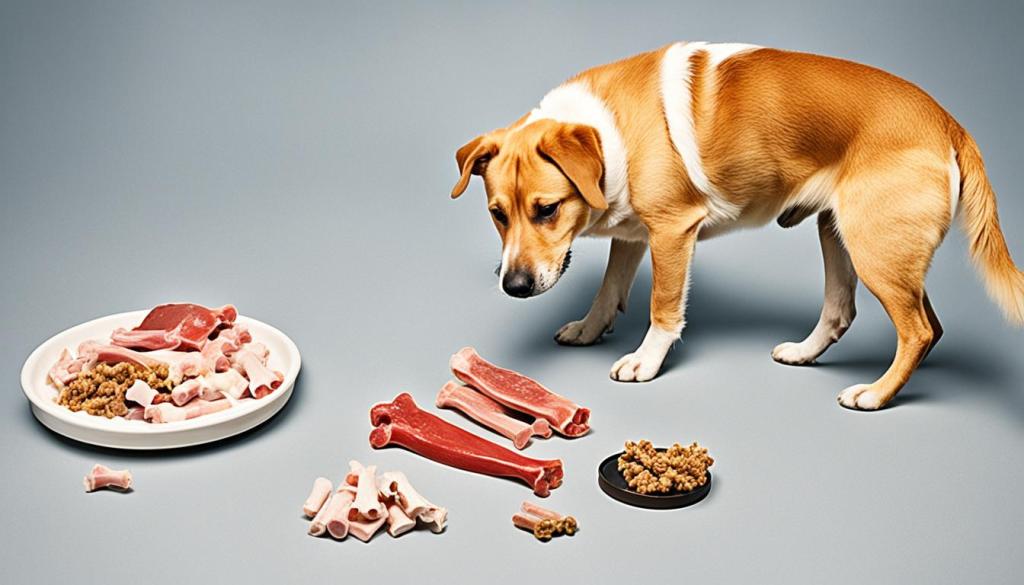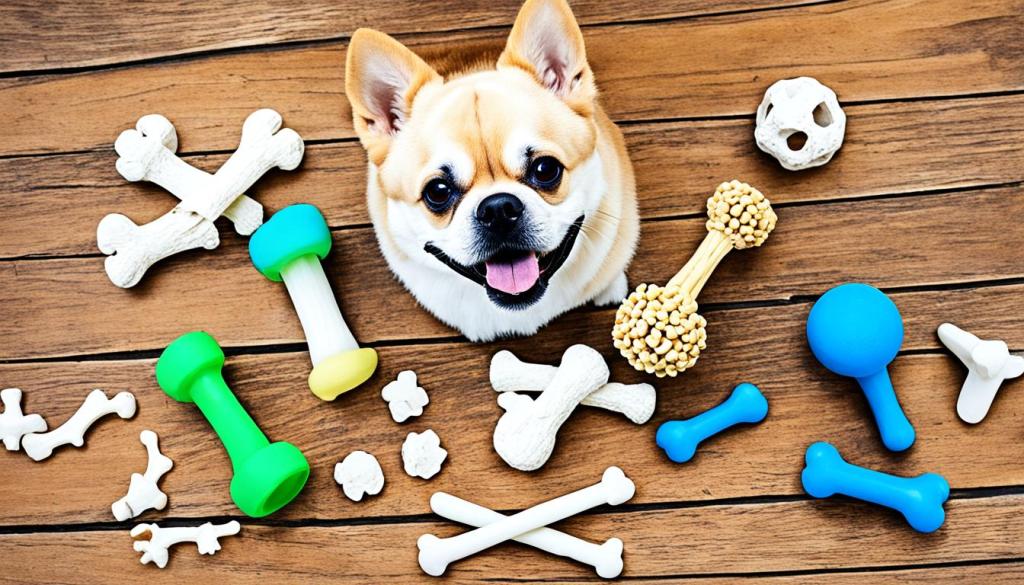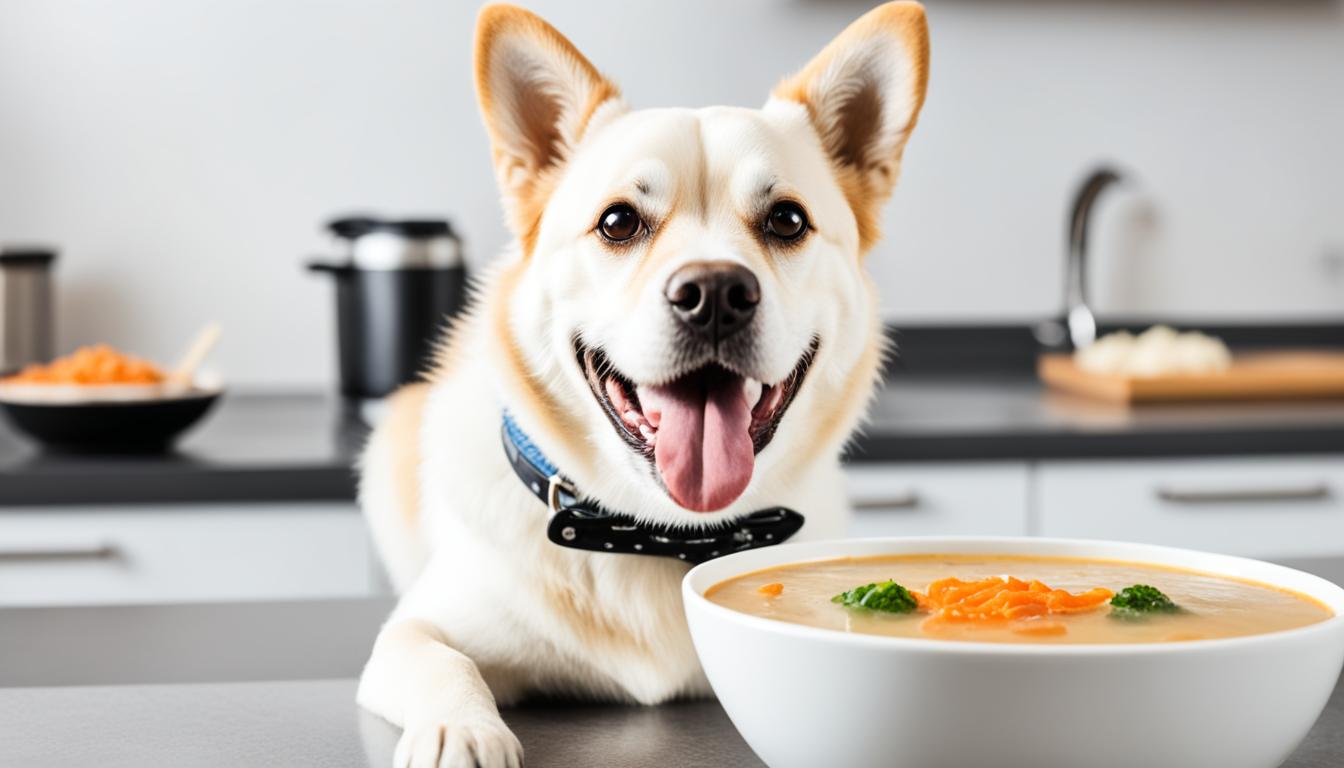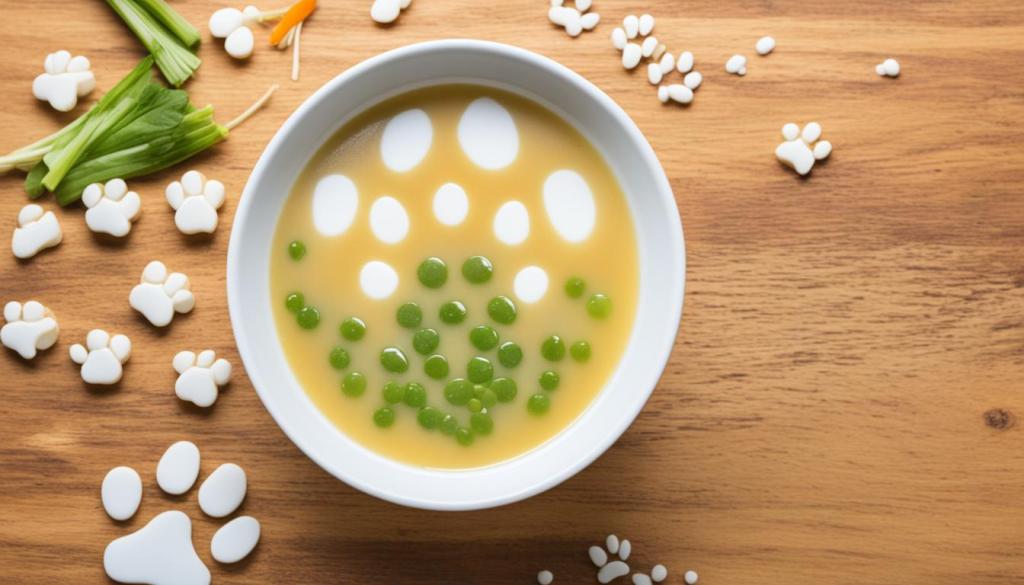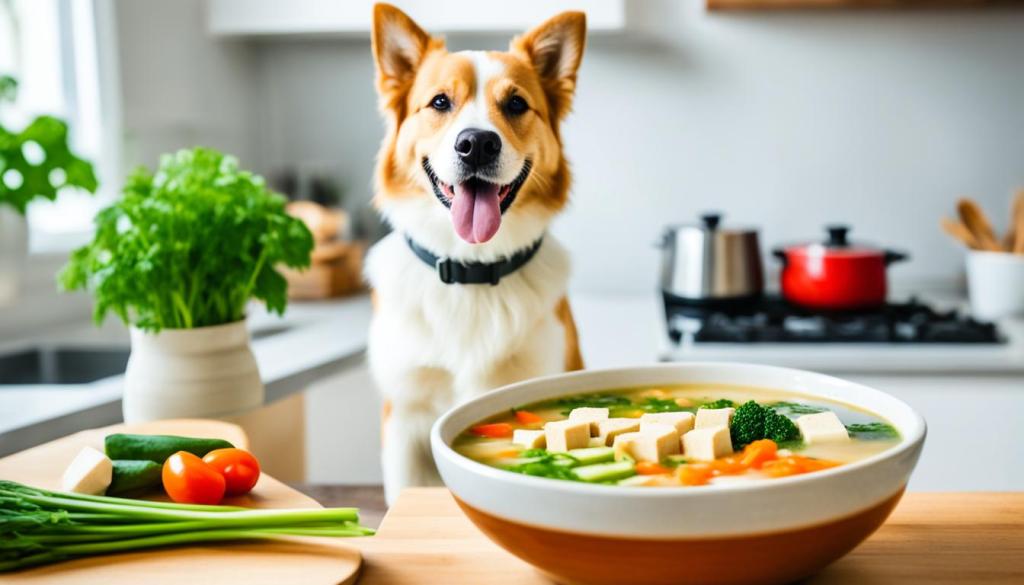As a responsible pet owner, you might wonder which human foods are safe for your canine companion. A frequently asked question is, “Can dogs eat zucchini?” Zucchini is indeed regarded as one of the healthy foods for dogs, and its inclusion in their diet can offer numerous benefits. Zucchini is a nutritious, dog-safe vegetable that can be a low-calorie treat for your pet, perfect for those maintaining their weight without sacrificing the enjoyment of a snack.
Feeding zucchini to dogs can be a great way to introduce dietary variety, but serving it in the correct form and portion size is essential. Incorporating dogs and vegetables into the diet should always be done with a watchful eye to ensure they’re getting the right balance of nutrition.
Key Takeaways
- Zucchini is recognized as a safe and healthy food for dogs.
- Introducing vegetables like zucchini to your dog’s diet should be done carefully and gradually.
- Portion size is crucial to prevent any digestive upsets.
- Zucchini can aid in weight management for dogs due to its low-calorie content.
- Always consult with a veterinarian if uncertain about new foods for your pet’s diet.
The Health Benefits of Zucchini for Dogs

Regarded as one of the healthy foods for dogs, zucchini is packed with essential nutrients that can enhance your pet’s health in various ways. The availability of zucchini benefits for dogs is gaining traction among pet owners who aim to provide their canine companions with dog-safe vegetables. Zucchini’s low caloric content and rich supply of vitamins and minerals make it an excellent choice for owners looking to maintain their dog’s health.
Zucchini nutrition for dogs comprises high levels of fiber, which is instrumental in managing your dog’s weight and promoting smooth digestion. Fiber helps to create a feeling of fullness, potentially preventing overeating and aiding in weight management for dogs prone to obesity. Moreover, the hydration offered by zucchini’s water content is valuable for maintaining healthy digestion and preventing constipation.
- Vitamins such as Vitamin C and Vitamin A found in zucchini support the immune system and promote good vision, respectively.
- Potassium, a mineral present in zucchini, aids in maintaining healthy muscle and nerve function.
- Zucchini’s antioxidant properties may also help reduce oxidative stress, which can otherwise contribute to dog aging and disease.
Can Dogs Eat Zucchini? Insights and Precautions
For pet owners seeking to diversify their furry friends’ diet with dog-safe vegetables, zucchini emerges as a nutritious and beneficial option. Before serving up this summer squash, it’s crucial to understand the ins and outs of zucchini nutrition for dogs, how to safely introduce it into their meals, and be aware of any signs that might indicate zucchini toxicity.
Zucchini Nutrition for Dogs
Zucchini stands out due to its low-caloric profile and dense nutrient composition when considering healthy food for dogs. It’s packed with essential vitamins and minerals that support canine well-being. Feeding zucchini to dogs can boost their vitamin C, potassium, and manganese intake, which are vital for maintaining robust immune systems and promoting overall health.
Safe Ways to Feed Zucchini to Your Dog
Introducing new foods into your dog’s diet should be done cautiously; zucchini is no exception. Start with small quantities and observe any reactions. For those looking to get creative, zucchini recipes for dogs might include steamed pieces mixed into their regular food or homemade dog treats with zucchini as a primary ingredient.
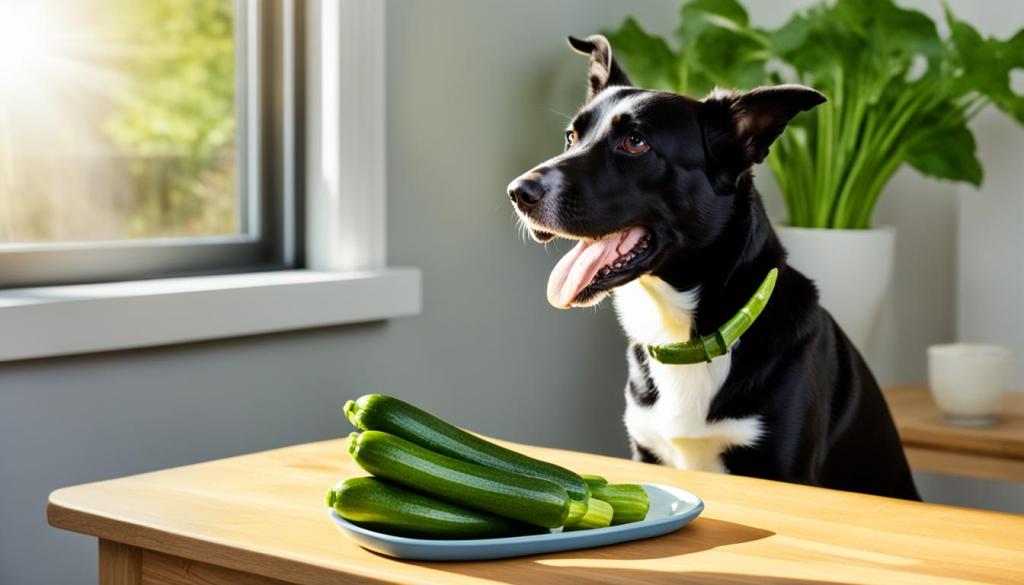
Understanding Zucchini Toxicity in Dogs
Although rare, zucchini toxicity in dogs can occur, typically due to overconsumption. Moderation is vital when feeding zucchini to dogs, as excess amounts can lead to gastrointestinal upset. Watch for symptoms such as vomiting or diarrhea, and consult a veterinarian if you notice any adverse effects.
| Nutrient | Benefit | Recommended Amount |
|---|---|---|
| Vitamin C | Boosts immunity | A small zucchini slice |
| Potassium | Supports muscle health | 1-2 small pieces |
| Manganese | Aids in protein and carbohydrate metabolism | Incorporate in tiny bits |
| Dietary Fiber | Promotes digestive regularity | A few spoons of shredded zucchini |
| Antioxidants | Combats oxidative stress | Infrequent small servings |
Conclusion
Revisiting the core inquiry of whether dogs can eat zucchini, we have gleaned that it’s a permissible snack and offers manifold health advantages. A spectrum of dog zucchini benefits has been illuminated, emphasizing its high fiber content, essential vitamins, and minerals conducive to our canine companions’ health. Zucchini is a nutritious addition to your pet’s diet, fostering weight management and digestive well-being when administered responsibly.
While zucchini is confirmed to be among the health-friendly foods for dogs, it remains paramount to observe moderation and proper preparation techniques. Drawing from expert suggestions, we have noted several enticing zucchini recipes for dogs, which make meal times more enjoyable and ensure that their nutritional needs are met without compromising their health. It serves as a reminder that while dogs and zucchini can indeed coexist in a dietary plan, every dog is unique and should be catered to individually.
FAQ
Can dogs eat zucchini?
Yes, dogs can eat zucchini. It is a low-calorie, nutrient-rich vegetable that is safe for dogs to eat in moderation. Zucchini is high in fiber and essential vitamins and minerals, making it a healthy addition to your dog’s diet.
What are the health benefits of zucchini for dogs?
Zucchini offers several health benefits for dogs. It contains dietary fiber for digestive health, is low in calories for weight management, and is packed with essential nutrients like Vitamin C, potassium, and manganese, which contribute to overall well-being and support various bodily functions in dogs.
Are there any safety precautions when feeding zucchini to dogs?
While zucchini is generally safe for dogs, some precautions should be considered. Always introduce new foods gradually to prevent stomach upset, ensure the zucchini is free from spices or oils, avoid giving the hard stem or leaves, and always provide it in small, manageable pieces to prevent choking.
How should zucchini be prepared for dogs?
Zucchini can be served to dogs, either raw or cooked. If serving raw, wash it thoroughly and cut it into small, bite-sized pieces. If cooking zucchini, steam or bake it without adding any oils, butter, or seasonings. Always let it cool down before offering it to your dog.
What is the recommended serving size of zucchini for dogs?
The recommended serving size of zucchini for dogs depends on the dog’s size and dietary needs. Generally, a few small bites of zucchini are sufficient as a treat. It’s best to consult a veterinarian for specific serving-size recommendations tailored to your dog’s health requirements.
Can zucchini be harmful to dogs in any way?
While zucchini is safe for most dogs, overconsumption can lead to gastrointestinal issues such as diarrhea or vomiting. Additionally, it’s important to avoid feeding dogs zucchini that’s been cooked with ingredients that are toxic to them, such as onions, garlic, or excessive salt.
Are there any dog-specific zucchini recipes?
Yes, dog-specific zucchini recipes provide a nutritious snack or meal additive for dogs. For instance, pureed zucchini can be mixed into your dog’s food or used as a base for homemade dog treats. Always ensure that any additional ingredients are safe and healthy for canine consumption.
How does zucchini nutrition contribute to a balanced diet for dogs?
Zucchini nutrition contributes to a balanced diet by offering a range of vitamins and minerals without adding excess calories. The fiber content promotes healthy digestion, and the low-calorie nature can help maintain a healthy weight. As with any treat or supplemental food, it should be included in a balanced diet.
When should zucchini be avoided in a dog’s diet?
Zucchini should be avoided in a dog’s diet if the dog has shown previous allergic reactions or has certain health conditions that require a specific diet. In these cases, it’s essential to follow a veterinarian’s guidance.
What are the signs of zucchini toxicity in dogs?
Zucchini toxicity in dogs is rare but can occur if a dog eats a large amount of zucchini. Symptoms may include abdominal pain, excessive drooling, diarrhea, or vomiting. If you notice these signs after feeding zucchini to your dog, contact your veterinarian immediately.
Also read a separate guide if you want to offer Egg Shells , Pistachios , Pepperoni , Bok Choy and potatoes to your dogs.
